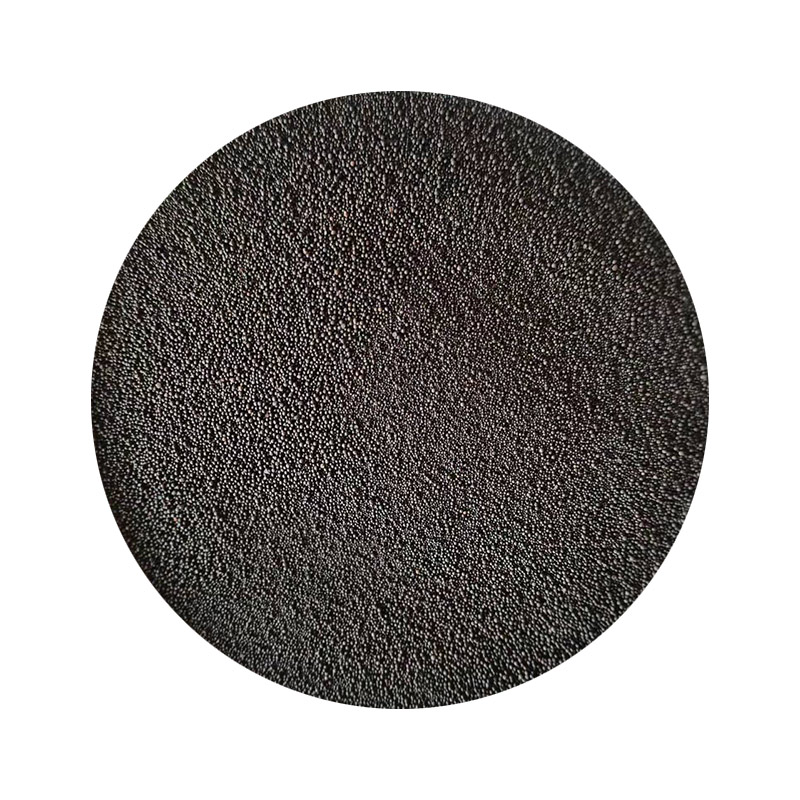 The sand from the mold can be reused, making sand casting an environmentally sustainable process The sand from the mold can be reused, making sand casting an environmentally sustainable process
The sand from the mold can be reused, making sand casting an environmentally sustainable process The sand from the mold can be reused, making sand casting an environmentally sustainable process sand casting process.
The beauty of sand casting lies in its adaptability. It can produce components ranging from small intricate parts to large, complex structures, with a wide range of metals. Its scalability allows it to cater to both mass production and one-off, custom designs. Moreover, the process's relatively low setup costs make it ideal for small batches or prototype production.
However, despite its simplicity, sand casting requires a deep understanding of metallurgy, mold-making, and foundry operations. The foundryman must consider factors like metal's melting temperature, cooling rate, and shrinkage patterns to ensure a high-quality casting.
In conclusion, sand casting is a harmonious blend of art and science. It is a testament to human ingenuity, where the raw power of molten metal meets the precision of sand molds. Despite the advancements in technology, the sand casting process remains a vital part of metalworking, continuously evolving and adapting to meet the demands of modern industry. Its enduring legacy speaks volumes about its effectiveness and resilience in the world of manufacturing.
Post time:Jun . 28, 2024 01:40
sand casting process.
The beauty of sand casting lies in its adaptability. It can produce components ranging from small intricate parts to large, complex structures, with a wide range of metals. Its scalability allows it to cater to both mass production and one-off, custom designs. Moreover, the process's relatively low setup costs make it ideal for small batches or prototype production.
However, despite its simplicity, sand casting requires a deep understanding of metallurgy, mold-making, and foundry operations. The foundryman must consider factors like metal's melting temperature, cooling rate, and shrinkage patterns to ensure a high-quality casting.
In conclusion, sand casting is a harmonious blend of art and science. It is a testament to human ingenuity, where the raw power of molten metal meets the precision of sand molds. Despite the advancements in technology, the sand casting process remains a vital part of metalworking, continuously evolving and adapting to meet the demands of modern industry. Its enduring legacy speaks volumes about its effectiveness and resilience in the world of manufacturing.
Post time:Jun . 28, 2024 01:40
Next:Sandcastle Builders Uniting Casts from 2014's Summer Magic
